Welcome to your weekly UAS news update! We have four stories for you this week. First, Zipline expands its drone delivery services into Texas. Next, NASA is developing a new system to predict drone hazards before they occur. We also have Pierce Aerospace deploying advanced detectors at the US border. Lastly, Brinc raises $75 million. Let’s dive in!
Zipline Expands Drone Delivery in Texas
Zipline is launching its drone delivery services in the Dallas area, starting in Mesquite, Texas. This expansion comes through a partnership with retail giant Walmart. Customers in the service area can now sign up for deliveries, which are promised within 30 minutes using Zipline’s new drone, the P2 Zip. This drone can carry payloads of up to 8 pounds within a 10-mile radius. Zipline claims precision with “dinner plate-level accuracy,” meaning it can land packages on a doorstep or small table.
The P2 Zip uses both lift and cruise propellers and a fixed-wing design, making it quieter and capable of handling wind gusts up to 45 mph, even in rain. The delivery process is unique: the P2 Zip hovers at about 300 feet above the target and lowers a smaller container, called the Delivery Zip, via a tether. This smaller unit has a fan-like thruster to maneuver precisely before gently placing the package. Both components use camera sensors and NVIDIA chips to navigate and avoid obstacles.
Walmart reports over 120,000 drone deliveries since partnering with Zipline and others in 2021. Zipline itself has logged over 100 million autonomous flight miles and completed around 1.5 million deliveries globally since 2016—far surpassing competitors like Wing. Notably, Zipline manufactures its drones in the United States, near San Francisco. This partnership signals the continued growth and potential scaling of drone delivery services.
NASA’s New Drone Safety System
NASA is enhancing drone safety with an advanced software system designed to predict hazards before they happen. Called the In-time Aviation Safety Management System (IASM), it focuses on real-time risk assessment. Rather than reacting to issues like loss of navigation or communication, IASM anticipates threats and alerts operators in advance.
Michael Vincent from NASA’s Langley Research Center explains that the system works quietly in the background, intervening only before an unusual situation arises. In March, NASA tested IASM extensively at its Ames Research Center, simulating complex scenarios like hurricane relief missions with multiple drones operating beyond visual line of sight for deliveries and inspections.
The long-term goal is to integrate IASM with NASA’s Unmanned Aircraft System Traffic Management (UTM). This could ensure safer routine drone flights in urban and suburban areas, boosting public confidence in drone reliability. However, widespread adoption depends on proving its effectiveness and establishing the necessary communication infrastructure.
Pierce Aerospace Deploys Border Detection Tech
Pierce Aerospace has partnered with Skylark Labs to deploy advanced detection technology along the US-Mexico border, with potential for other regions. They’ve mounted Pierce’s YR1 Remote ID sensor and other drone detection tools on Skylark’s 100-foot Scout Tower. The system incorporates AI that learns in real-time from field data, avoiding reliance on outdated pre-programmed information.
This setup detects, tracks, and identifies drones and other threats, providing border security and law enforcement with a clearer picture of air and ground activity. Pierce Aerospace CEO Aaron Pierce called it a significant advancement, while Skylark CEO Ammarjot Singh said it redefines real-time border security. We’ll keep you updated on further developments.
Brinc Secures $75 Million and Motorola Partnership
Seattle-based drone manufacturer Brinc secured $75 million in funding and announced a strategic alliance with Motorola Solutions. This partnership integrates Brinc’s drones with Motorola’s ecosystem, including APX radios, Vesta 911 call management, computer-aided dispatch, and real-time crime center software. This allows drones to be dispatched automatically in response to incidents.
That’s it for this week! Join us later for happy hour in the community. We’re also back with Monday Night Live after a three-week break due to a move and travel. Postflight returns Monday in the premium community as well. See you then!
Discover more from DroneXL.co
Subscribe to get the latest posts sent to your email.
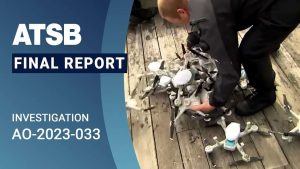
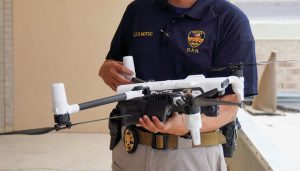


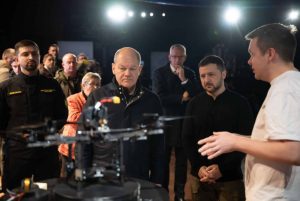
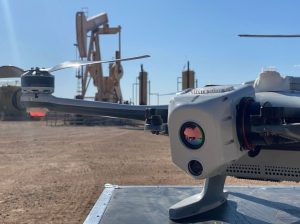
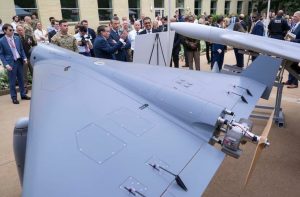
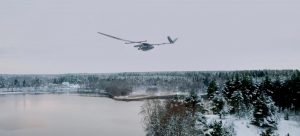
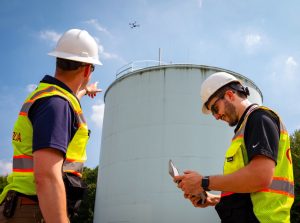
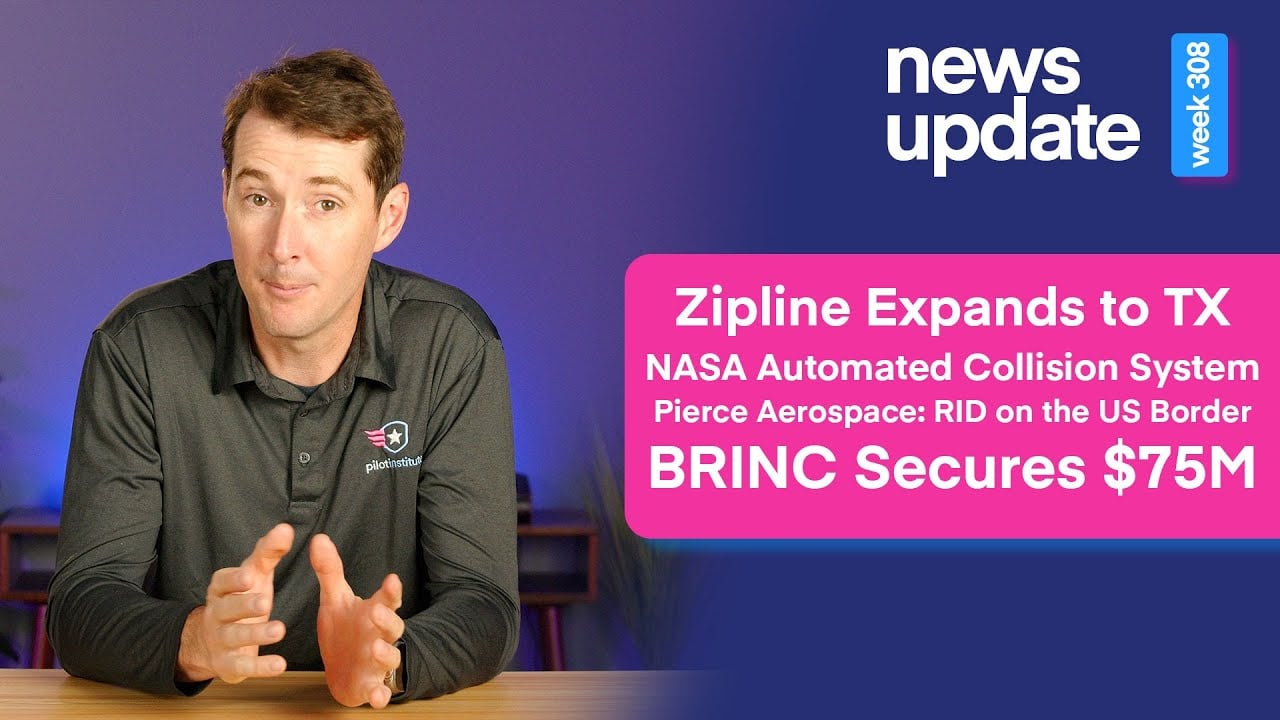

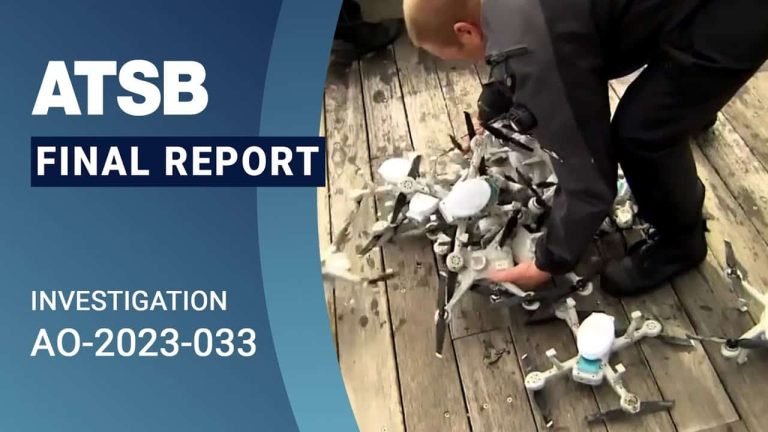
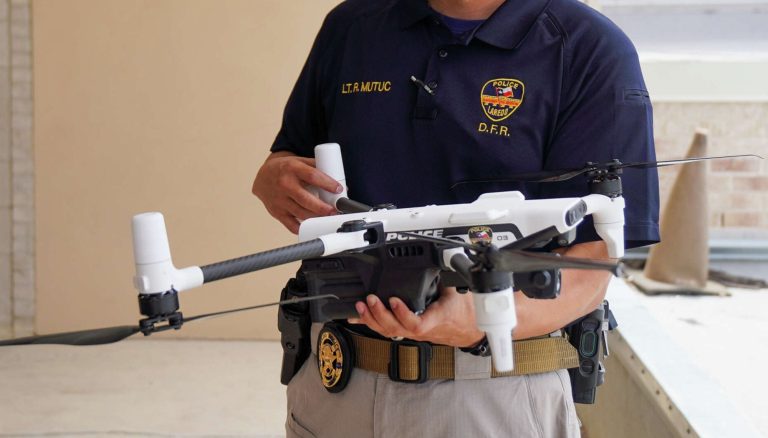
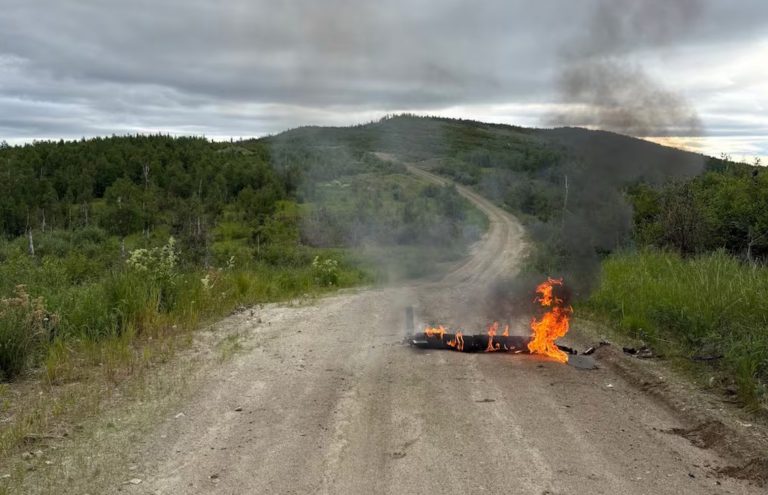



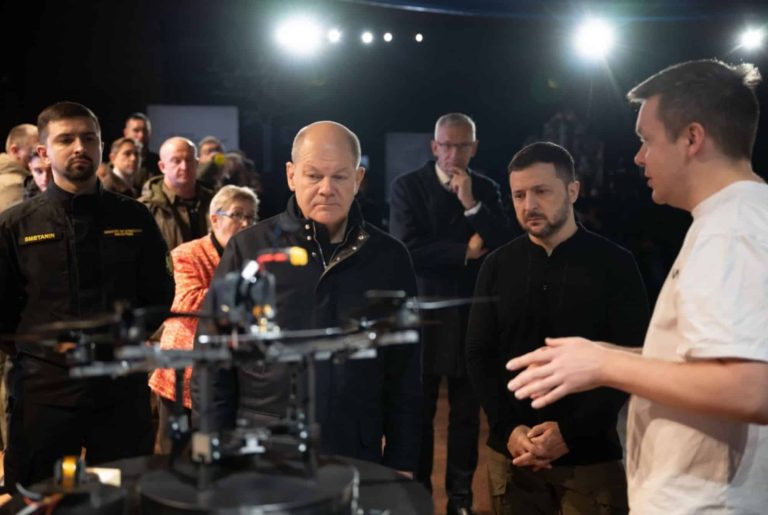
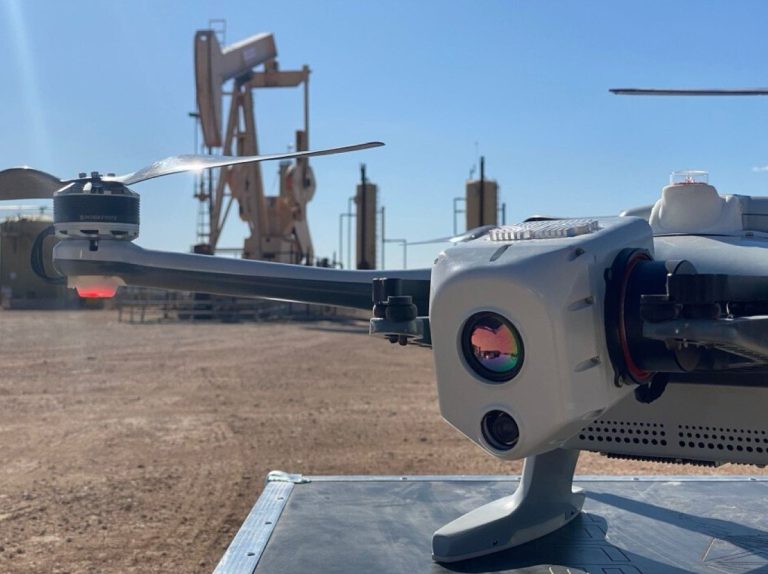
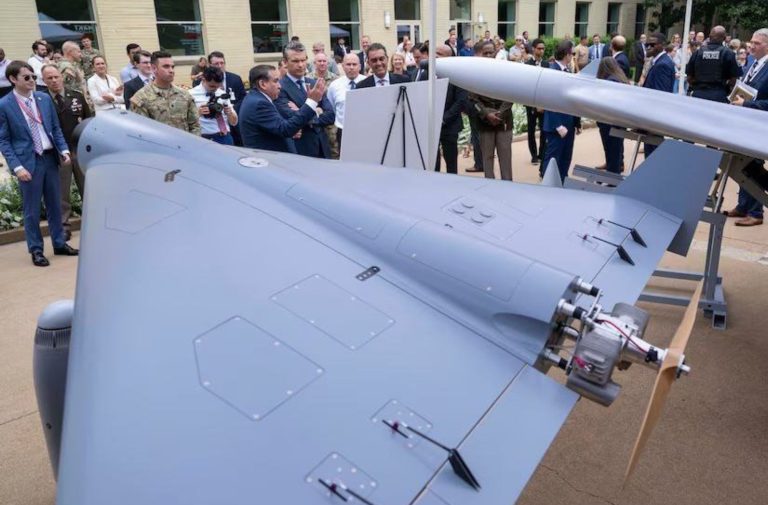
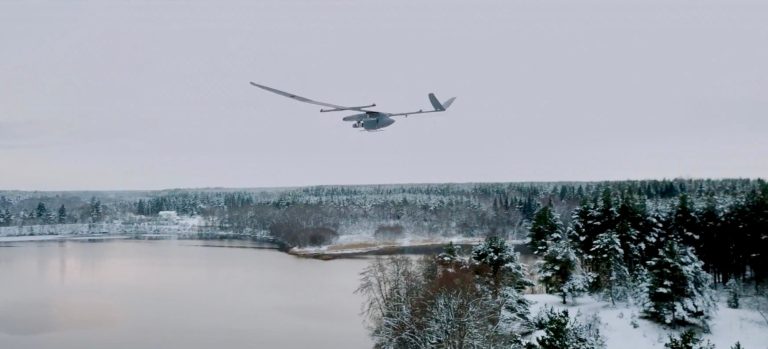
+ There are no comments
Add yours